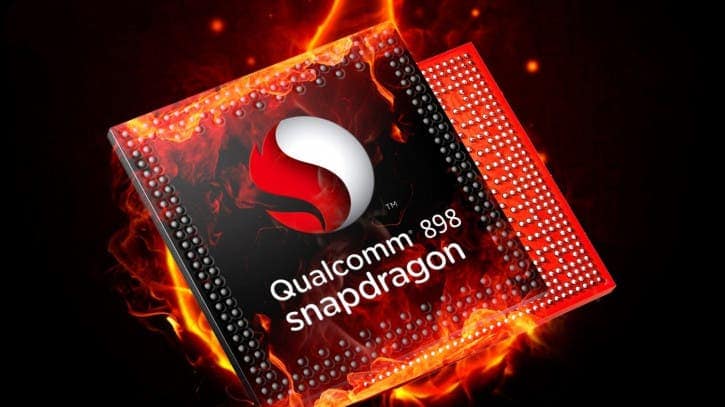H AMD thinking of giving up TSMC and go to Samsung, for the construction of the following Its CPU & GPU at 3nm.
Η TSMC is the largest independent Chip maker in the world, as it attracts all those companies that design their own Chips but do not have their own production units to manufacture them.

These companies include Apple,, which happens to be its biggest customer TSMC, and there is no doubt that the TSMC takes special care of its largest customer.
AMD is considering abandoning TSMC and asking Samsung Foundry to build the chips it needs (CPU & GPU) at 3nm
Last August, TSMC announced that it would increase prices to Ms.ι 20%, however, according to information, the Apple, who has special treatment from TSMC, would see an increase in prices by only 3% compared to all the others.
In the midst of the global chip shortage that plagues all technology companies in the world, the Apple, was still able to announce two new high-end SoCs, the M1 Pro and Max M1 with 33,7 billion and 57 billion transistors respectively. And while Apple is supposed to cut production iPad by 50% to have enough SoCs available for iPhone, the TSMC finally managed to supply Apple with all the Stock it needed so that it would not make any serious cuts in its production.
So, there are many other TSMC customers who are not happy with the special treatment the company offers to Apple, and one of these dissatisfied companies is AMD.

According to information from Guru3D The AMD is considering leaving TSMC and moving to Samsung, canceling the order from TSMC for Chips (CPUs & GPUs), using the process node in 3nm.
But that may not be the only reason for AMD's possible departure from TSMC, as AMD will provide the GPU for Samsung's upcoming Exynos 2200 chipset.
Η TSMC reportedly giving priority to Apple,, to secure all the Wafer it has ordered, using the 3nm process node. The problem with this TSMC practice is that there are not enough Wafers left to meet AMD's needs.
For those unfamiliar with how chips are made, each Wafer goes through several processes until the circuit design is laid on its surface, and then cut to give thousands of Chips from each Wafer.

The same problem with TSMC is faced by Qualcomm, and will soon have to decide whether to stay at TSMC or go to Samsung to build the new SoCs, when they are going to go to the process node in 3nm. Currently, the upcoming Snapdragon 898 (or the Snapdragon 8 Gen1, rumored to be the new name of the SoC), is expected to be built by Samsung Foundry, while Plus version of the Snapdragon 898 will probably continue to be built by TSMC.

A recent report says that TSMC is well on its way to preparing for mass production of the Wafers at 3 nm, and is expected to start production in the second half of 2022.
In accordance with Counterpointt, h Apple, this year will be responsible for 53% of Wafers total missions at 5nm, which explains the influence it has on TSMC and the special treatment it has over other TSMC customers. THE Qualcomm follows in second place holding the 24% of the pie in the Wafers of 5nm.
Currently those who can build chips using a process node in 5 nm, is TSMC and Samsung. So if Samsung manages to increase Wafers output to 3 nm to convince AMD and Qualcomm to use its own process node at 3 nm, then it is certain that the Samsung Foundry will see a huge jump in revenue next year.

However, the global shortage of chips is obviously a problem that has many serious implications and causes, and there is still strong TSMC and Samsung will be able to follow without problems the plans they have set for their production. THE TSMC, for example, would initially start producing large volumes of Wafers at the process node in 3 nm in the second half of the following year, which would allow Apple, to produce the A16 Bionic SoC at 3 nm in time to equip the next row of iPhone 14.
Some time ago, however, TSMC claimed that due to their complexity 3 nm, would delay the production of large volumes of Wafers by one year, and there were speculations that its turn A16 Bionic SoC that will equip them iPhone 14, it should be built at 4 nm or possibly even stay at 5 nm this year.
 Do not forget to follow it Xiaomi-miui.gr on Google News to be informed immediately about all our new articles! You can also if you use RSS reader, add our page to your list by simply following this link >> https://news.xiaomi-miui.gr/feed/gn
Do not forget to follow it Xiaomi-miui.gr on Google News to be informed immediately about all our new articles! You can also if you use RSS reader, add our page to your list by simply following this link >> https://news.xiaomi-miui.gr/feed/gn
Follow us on Telegram so that you are the first to learn our every news!





